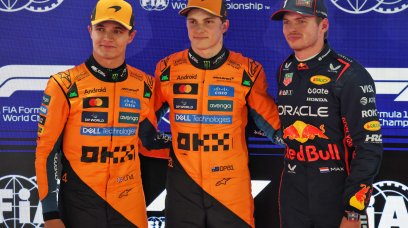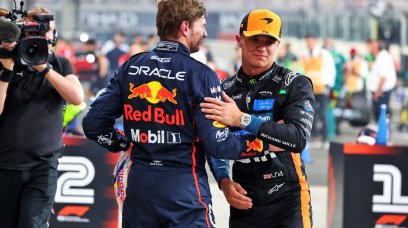It's no secret the W13 has been one of the most difficult cars Mercedes has worked with since rejoining the grid in 2010. It is the car that has ended their eight-year dominance as Constructors' World Champions, having suffered the most from the porpoising phenomenon that has been an unintended consequence of the 2022 regulations. As evidenced by Max Verstappen's win at the United States Grand Prix and at previous races this season, the car has also suffered from lack of straight-line speed. While Lewis Hamilton tried hard to maintain a gap to Verstappen, he ultimately had to concede to the superior pace of the RB18 with less than ten laps to go.
Brake problems add to W13 woes
In the minutes prior to the race, Mercedes mechanics were seen frantically doing work at the front of Hamilton's car with the brakes. It subsequently emerged that the team had to swap his brake material including callipers and pads, after noticing an imbalance between the front brake performance. Speaking to media after the race, Hamilton explained how the team has been dealing with brake "separation" for most of the season. "We've had problems with our brakes all year. Just with separation, basically," Hamilton said. "When you hit the brake, instead of both fronts doing the same amount of work, either the left one does more or the right one does more because one gains more temperature [than the other]. "We had a huge temperature split, which was basically, the left one wasn't really working. So they had to change the brakes." Alongside the increased reliance on the floor to generate downforce, the 2022 cars also have 18-inch tyres to enable better road relevance. The knock-on effect means team have needed to adapt their brake drums, which is the main cause of the problem according to Hamilton. "It's something we've seen a lot through the year with these new bigger drums," he explained. "So [it's] something we're working on fixing."
Most read




















